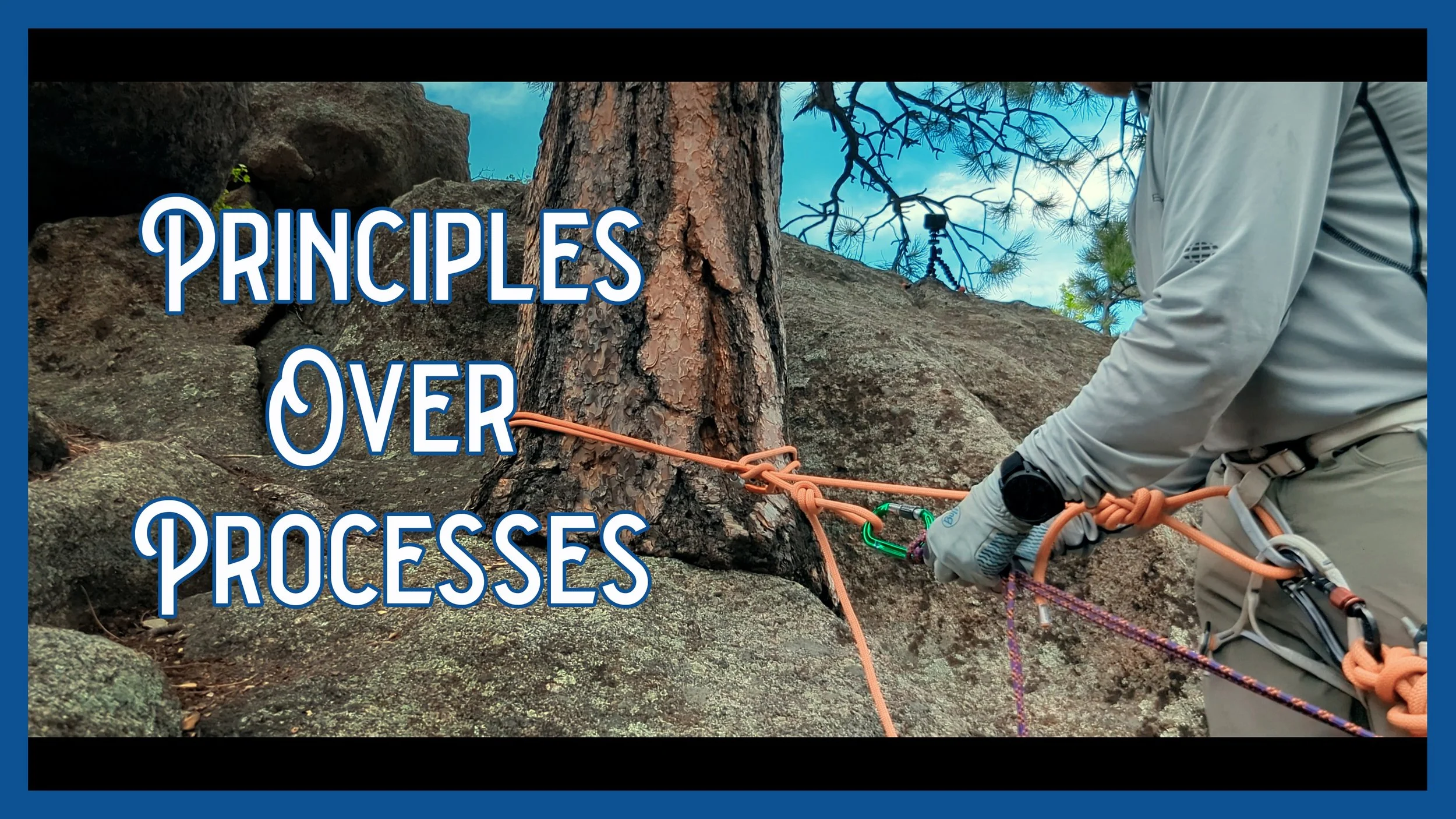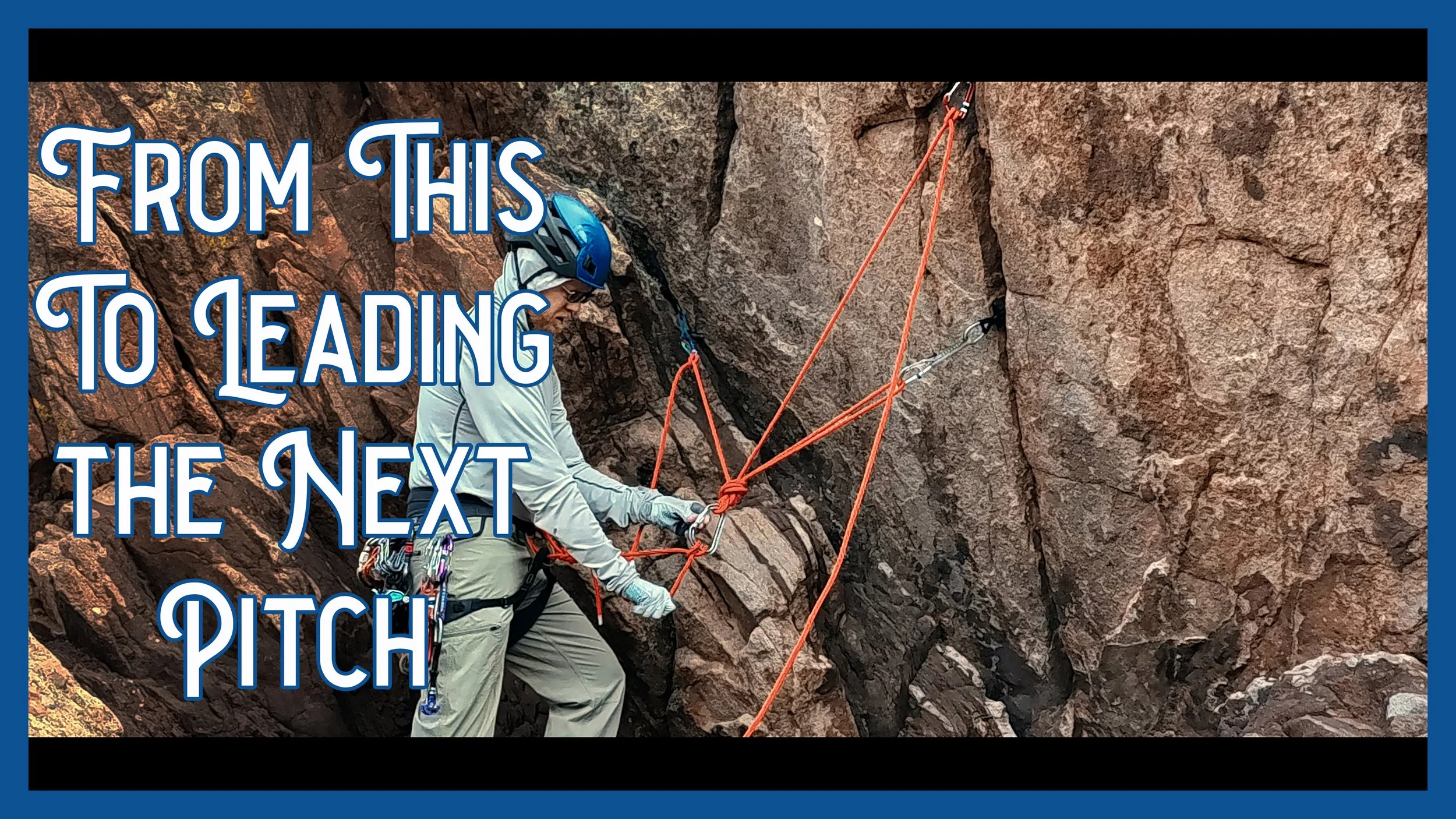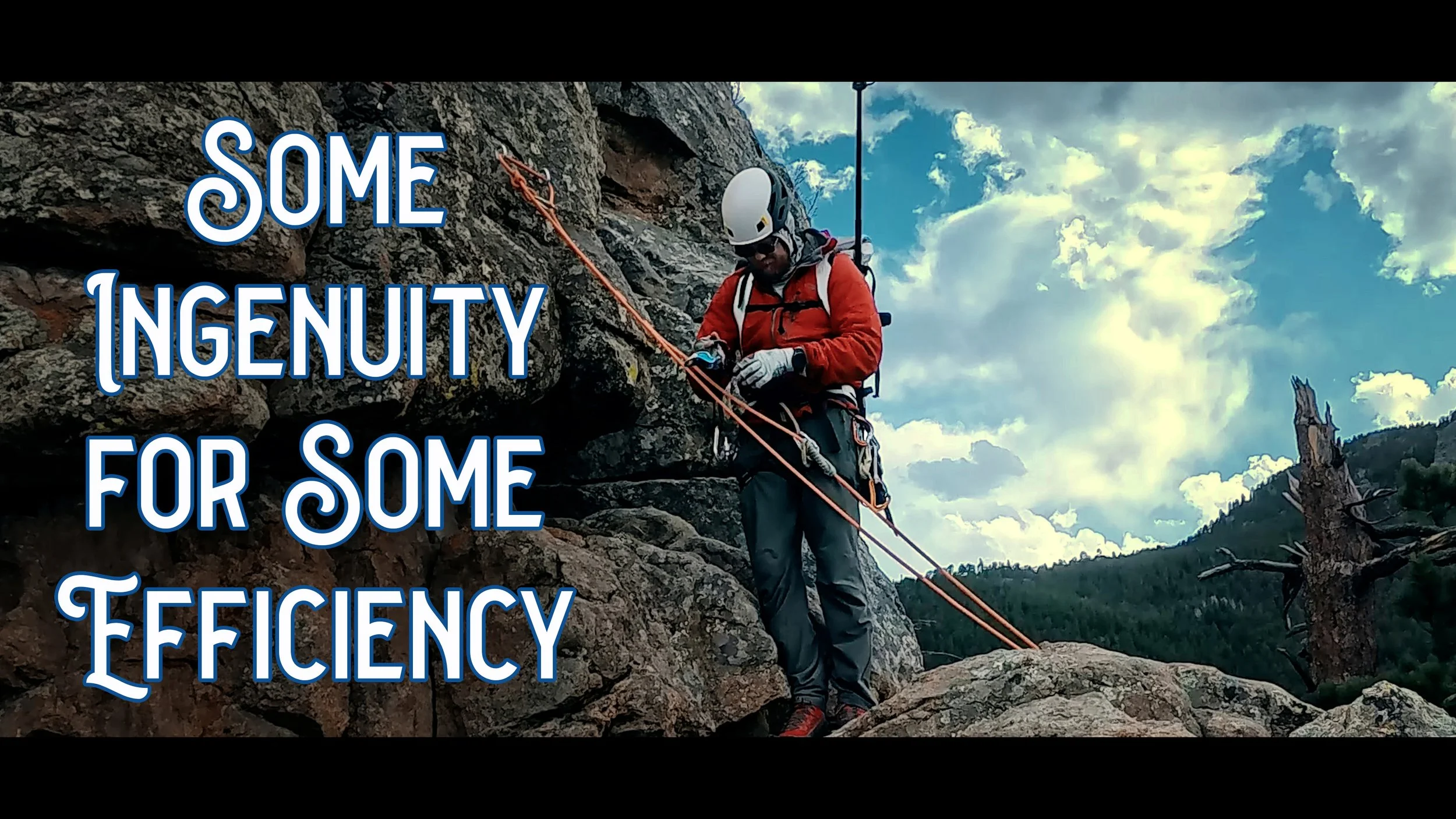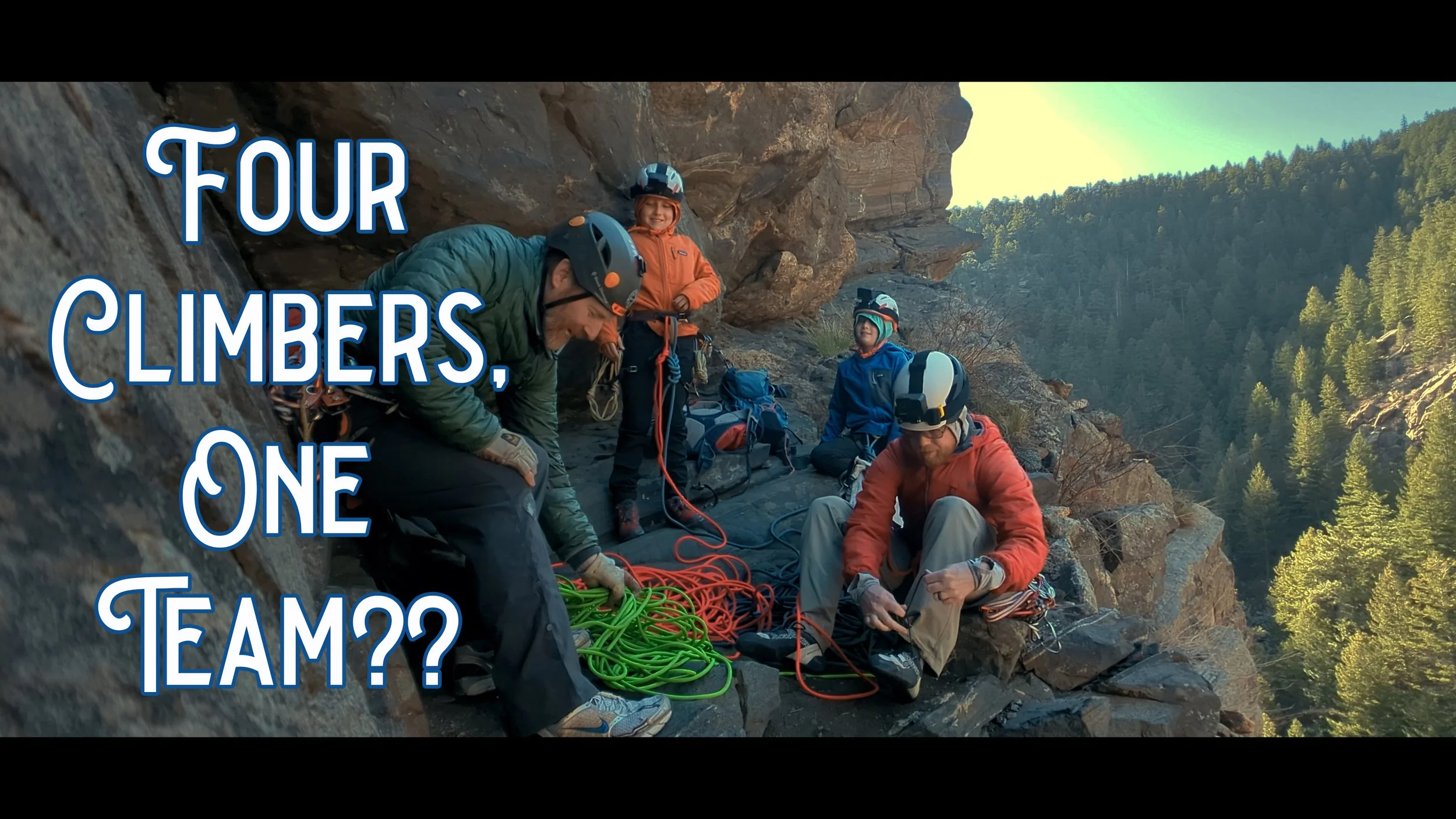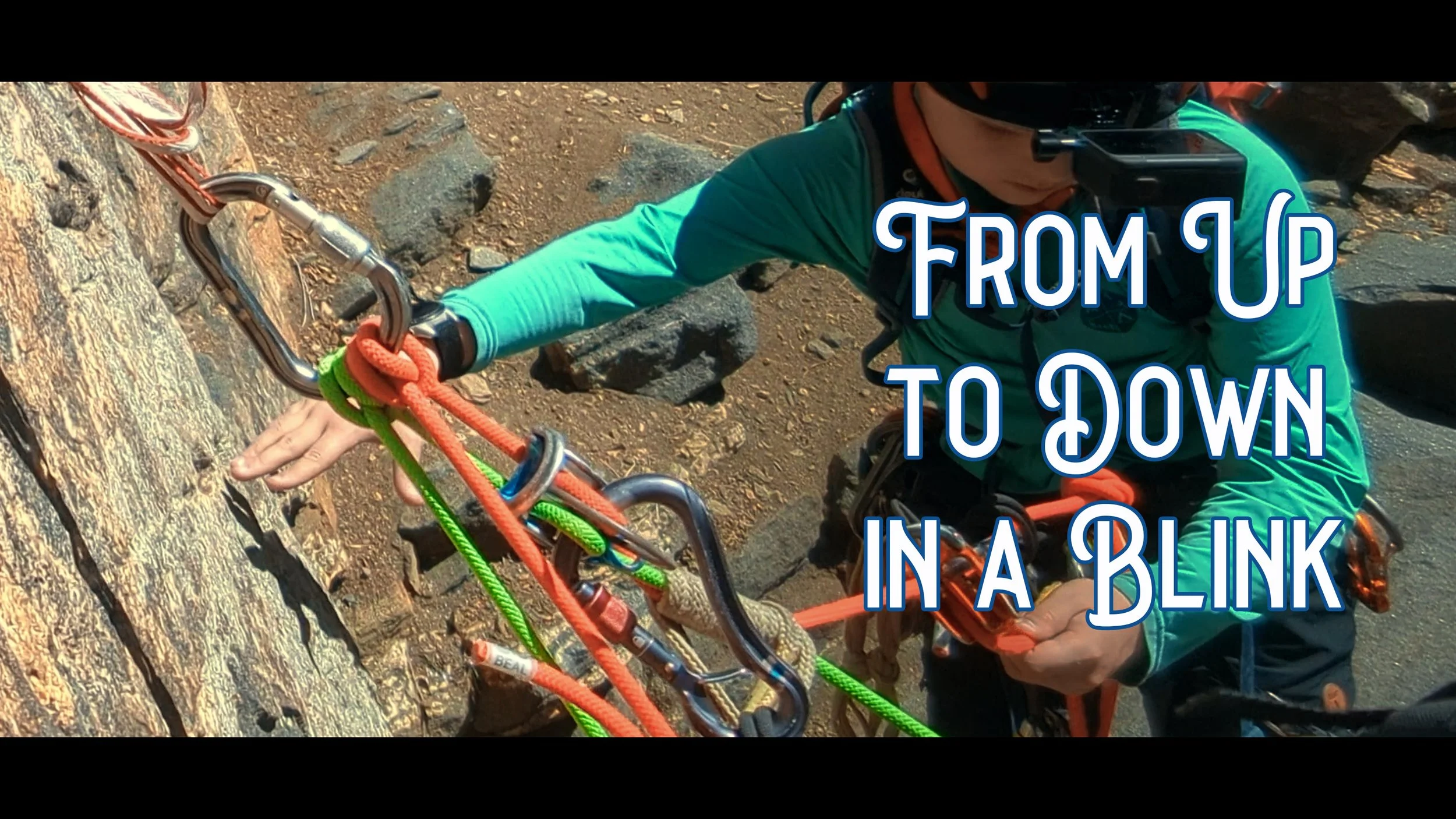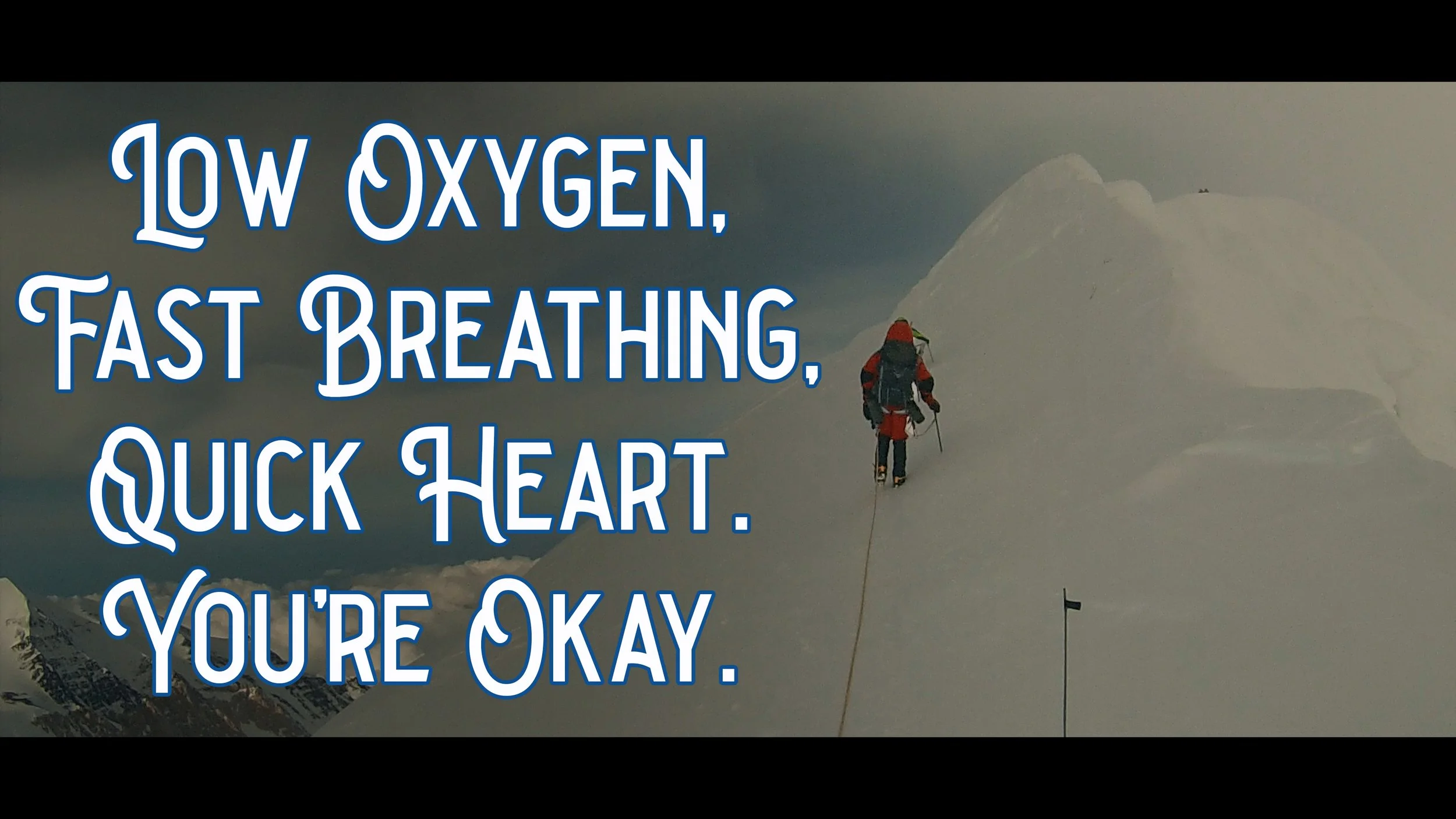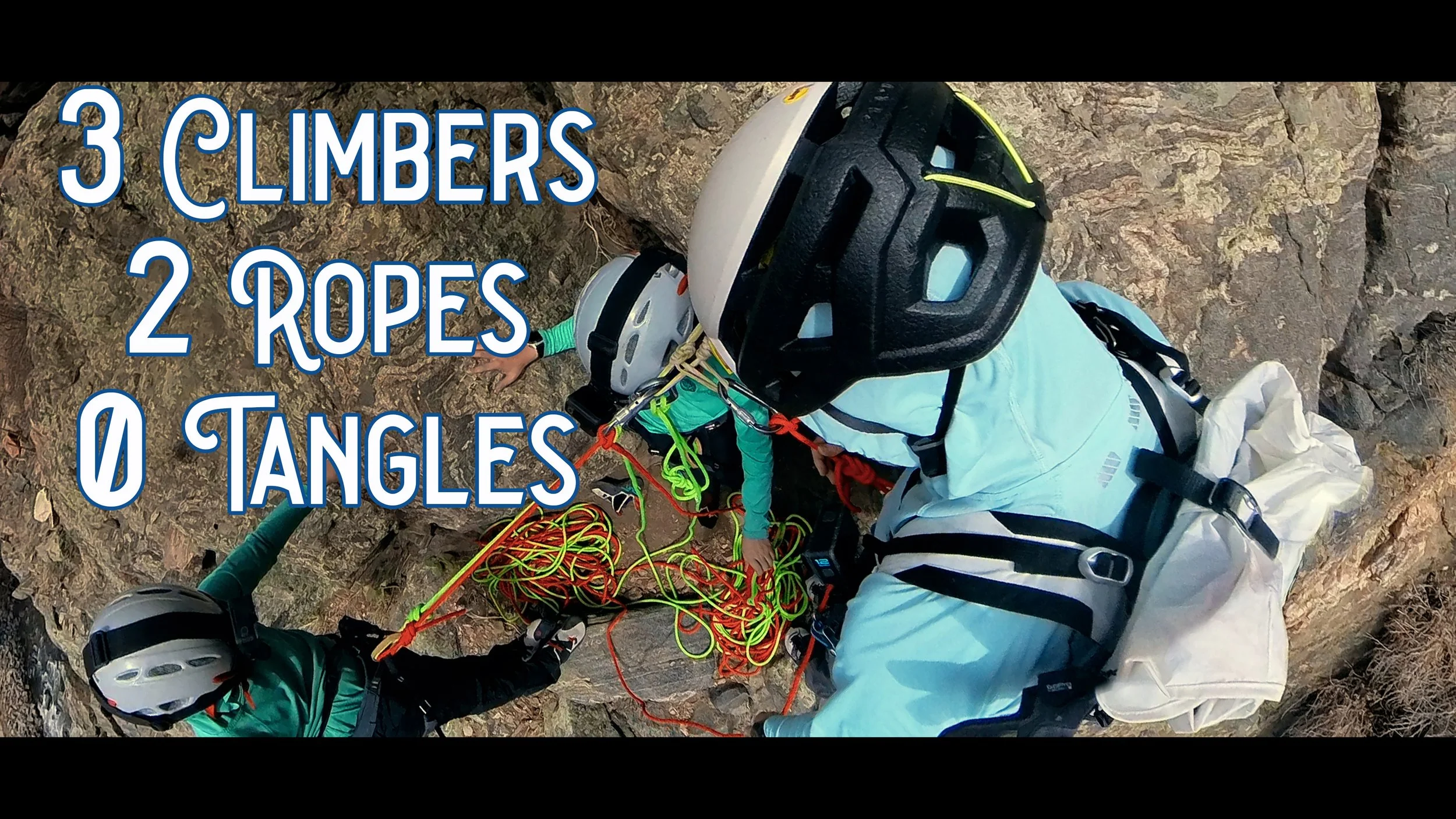All blogs
Every full length (longer than 60 seconds) video and accompanying blog post
Blue Ice Choucas Pro vs Older Model, Which is Better for Climbers?
Blue Ice took a really good harness and redesigned and rebuilt it, anyways. Is the new version of the Choucas Pro harness enough of an improvement over the older version to earn a place in your gear closet?
Is This Backpack Really Worth It?
After one year of use and one big expedition in Asia, I've learned enough about the Samaya Ultra 60 pack. Here's what I've found to be the pros and cons along with a few modifications I've made to my pack.
How I Trained to Climb Over 15,000 Feet!
Climbing at three miles (4800 meters) above sea level can be a challenge for out body's physiology. Having access to almost as high of peaks in Colorado, here is how I spent the final month before my trip to that three-mile altitude to ensure I showed up pre-acclimatized to the altitude along with a discussion about why intermittent trips up to altitude can still help acclimatization.
Protecting Against the Secret Danger of a High Altitude Climb
High altitude peaks bring many hazards, from rock fall to avalanches to seracs to crevasses, and many people would count weather among those. But when we think about weather, we are often concerned about storms and cold. Well, the cloudless days with perfect weather bring UV rays and sun damage that are way more significant than we experience at the altitudes at which we live.
I Tested the Flextail Zero Pump and was Surprised!
Flextail makes the Zero Pump and claims it to be the lightest self-contained pump for both inflating and vacuum deflating your backcountry sleeping mattress. I purchased my own and tested it out over multiple seasons. Here's a full review of the pump and my take on circumstances when carrying this into the wild makes sense for me.
Can Your Climbing Trip Plan Save Your Life?
A trip plan can keep you and your climbing partners on the same page but also can help your loved ones deal with any emergencies that might arise. So, what can we put in our trip plans to ensure we meet these needs?
Should You Link Climbing Pitches Together?
I've linked many a short set of climbing pitches into a longer pitch. But I don't always do it. The idea that having to only set up one belay and therefore one belay transition will speed up our climbing doesn't account for a host or reasons why speed might not be the ultimate consideration. Here are some things I consider before I decide to link two pitches together.
Getting Ready for a Big Climbing Adventure? Don't Skip This Training!
When getting ready for a big climb, we work on cardio fitness, we work on strength, we work on technique. But, if the climbing is really pushing our comfort zone, are we going to be able to get into and out of our systems when we are exhausted and stressed? Does practicing systems play a role in training? New climbers and those going on expedition often will, but is there room for say-to-day upkeep of critical system skills?
Don't Risk Your Life Using BAD Tree Anchors or Poorly Slung Rocks!
Monolithic climbing anchors - anchors built from a single, unquestionably strong tree or rock - can be simple and timely while also being incredibly safe. But making them safe means we need to evaluate our chosen terrain feature well and understand a few nuances that can come with our rope, sling, or cordelette configurations.
3 Ways to Escape a Climbing Belay on Moderate Terrain
When moving quickly through moderate terrain, we might be using the rope but not be using standard climbing anchors. When we aren't pitching it out, we can still have a climbing fall that might require us to escape the belay in order to hold our partner in place while we render aid. How can we do that when we are using terrain or body belays? Well, the principles of any belay escape still apply.
Eight Lessons to Help New Climbers Climb a Snow Couloir Safely
This last spring and summer, my kids finally had the experience, technique, and the physical size to utilize appropriate equipment that allowed them to climb steeper couloirs - snow gullies - safely. But those things are only part of the equation. Being aware of different risks and mitigation tactics are necessary, as well. So, here are eight tips that helped us, and may help any other new climbers, approach snow climbing season with care.
Can You Block Lead from a Climbing Rope Anchor?
There are occasions when we may want to use the climbing rope as the soft good in our climbing anchor. And there are occasions when we might want the same lead climber to climb multiple pitches in a row (block leading). What happens when we want to do both? How do we overcome having the rope we need to take up with us being used in the anchor that is keeping us safe?
Why Do Climbers Trust This Simple Knot?
The Flat Overhand Bend, also called the Offset Overhand Bend, has gotten a bit of a bad reputation, sometimes being called the European Death Knot. But reputable organizations, like the American Mountain Guides Association, actually recommend this knot for double-strand rappels. So, what are the pros and cons of this knot, how do we tie it, when can we use it, and for what applications might it not be as good of choice?
How to Escape When Your Rope Is Damaged!
When we have a damaged section of our rope and need to rappel (abseil) off the route, we can either go through a procedure to pass the knot while on a double-strand rappel, or we can switch to a single-strand rappel and avoid the knot pass altogether. But our setups into a single-strand rappel come with tradeoffs. Here are four methods along with some pros and cons for each.
Can You Rock Climb Efficiently as a Team of Four?
Because our entire family of four are climbers (to varying degrees), we have climbed as a team of four, on occasion. This is an unusual occurrence for most climbers, but for families with two kids of similar age, it happens fairly regularly. The same methods that can efficiently get a family of four up a multi-pitch route can get any other four-person team up a route when splitting the team into two twosomes is not an option.
How Fast Can Three Climbers Go From Topping Out to Rappelling Down?
Given how often I and my twin sons climb together, we've had to get fairly efficient at belay stance transitions. One such transition that (hopefully) happens almost every climb is the transition from climbing to rappelling down the route. If we can make these transitions fast and safe, we save time to climb more or more readily beat the weather or darkness setting in. Here is one climbing-to-rappelling transition that works for a team of three.
How Do You Know Your Multi-Pitch Climbing Partner Is Safe?
My twin boys are new multi-pitch climbing leaders. That means they need to trust each other and I need to trust them, as well. How did I enter them into this new climbing discipline? Well, some of the work around exposure to, practice of, and eventual attempts at leading multi-pitch are relevant to any new multi-pitch leader.
What Happens to Your Body When You Climb Truly TALL Peaks
Whether going from sea level to moderate altitude or from moderate altitude to high altitude, our bodies need time - and water - to adjust and adapt to the reduced oxygen we will take in. This video gives an overview of the physiology, the potential illnesses, and the preventative tactics that all come into play when we experience significant altitude changes.
Avoid Speed DESTROYING Rope Issues on a 3 Person Climbing Team
With twin boys, this dad spends a lot of time climbing in a team of three, and we most frequently use double ropes. Double rope systems can create tangles that can dramatically slow the team's progress. So, here are three techniques that help us avoid or quickly resolve rope management issues before those issues get too severe.
How and Why Climbers Use Tandem Rappels
I was asked if a tandem rappel could be done instead of a counterbalanced rappel because a tandem rappel is safer. In some circumstances, particularly in rescues, tandem rappels are used. But, while generally safer than a counterbalanced rappel, there are still too many safety and efficiency downsides for it to be a standard rappelling technique outside of emergency situations.










